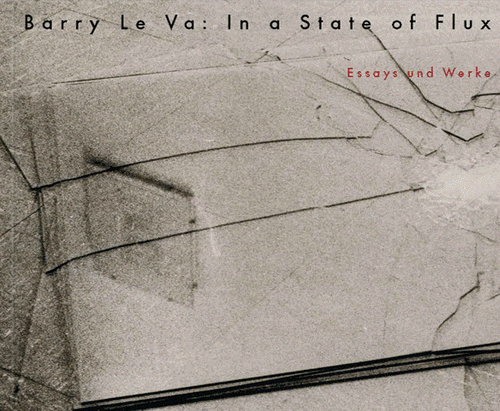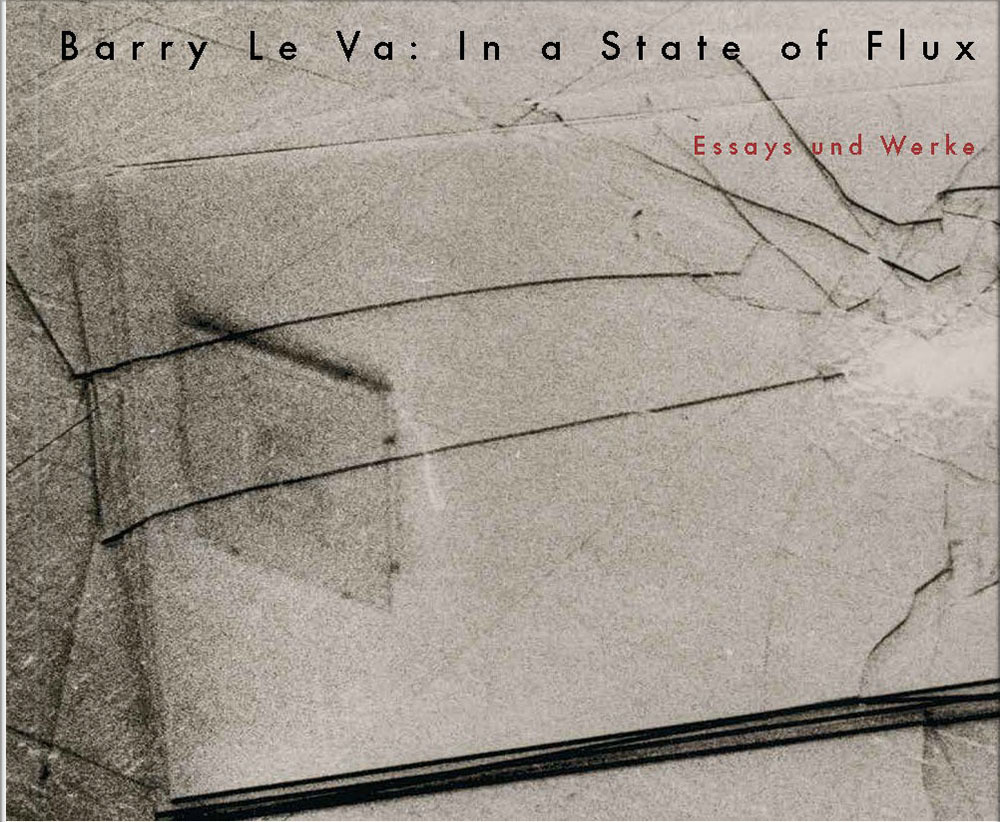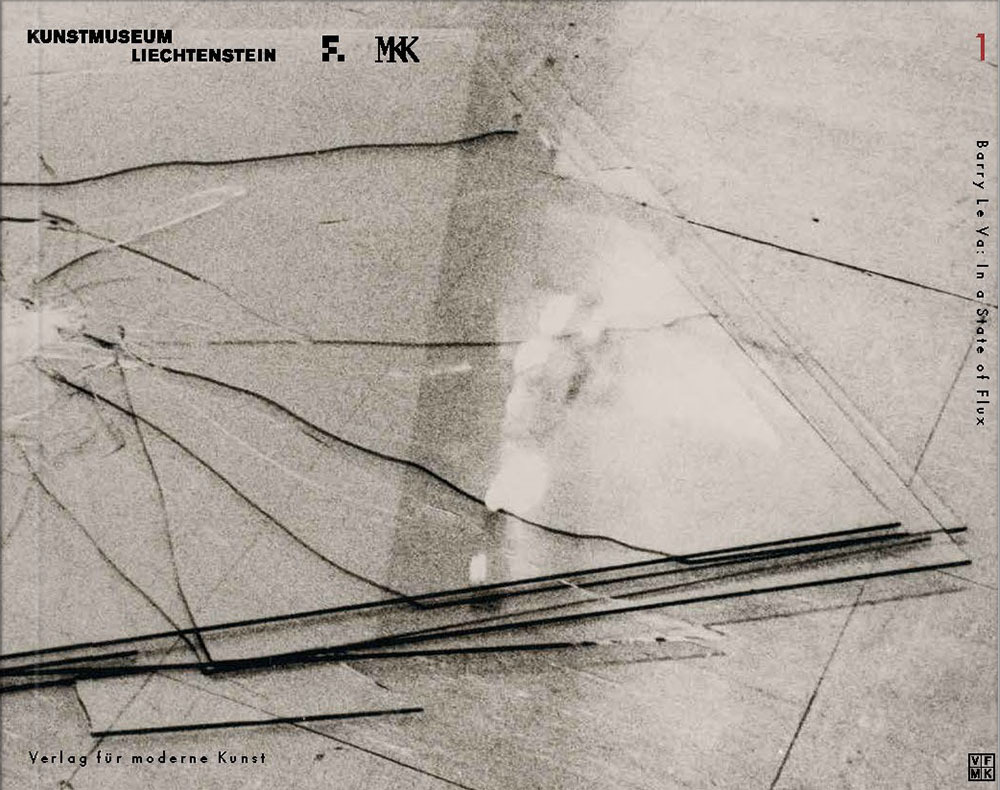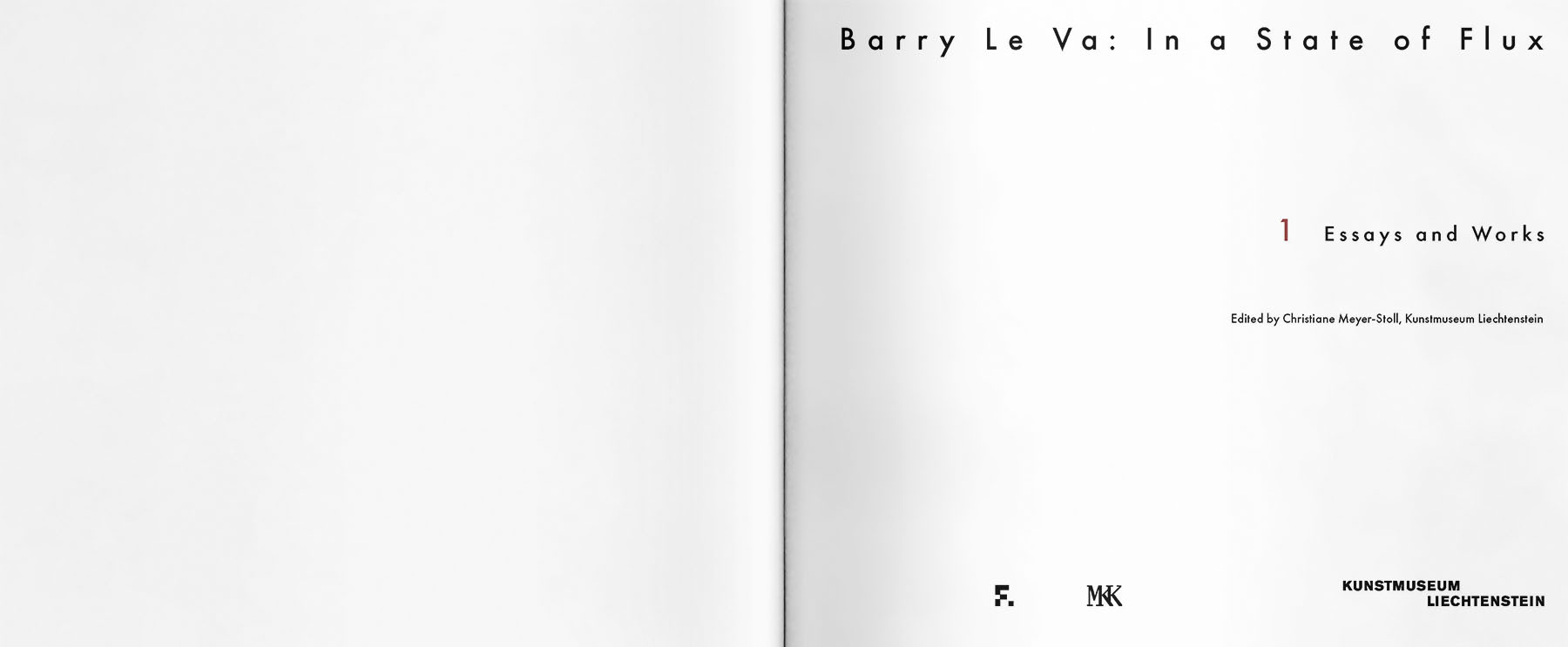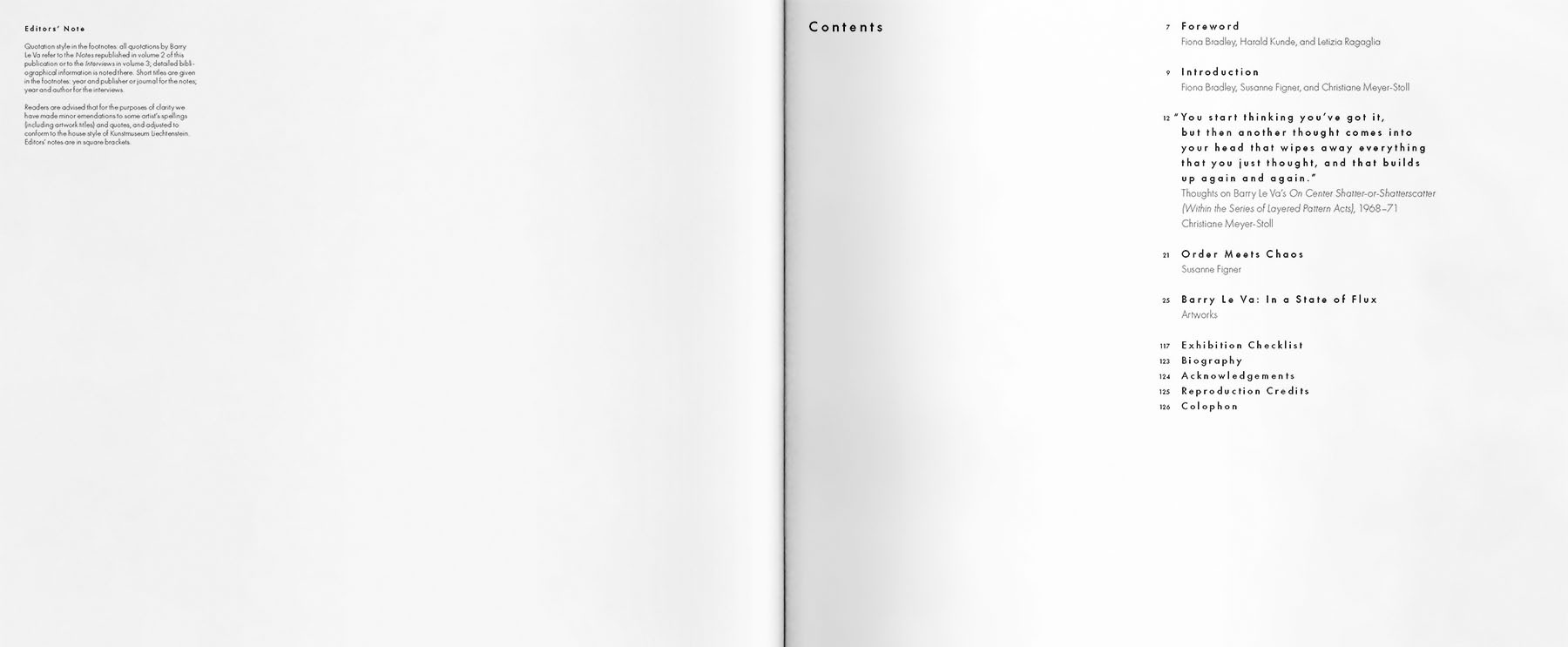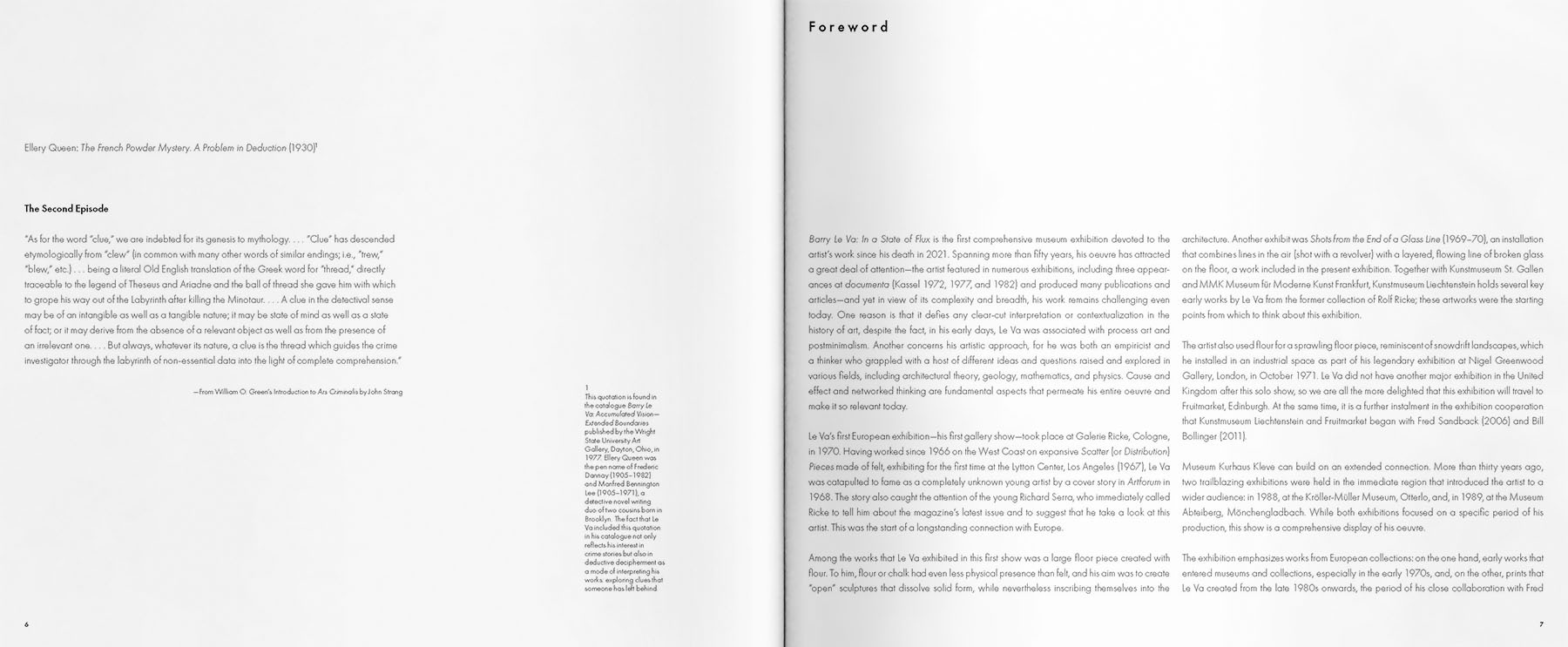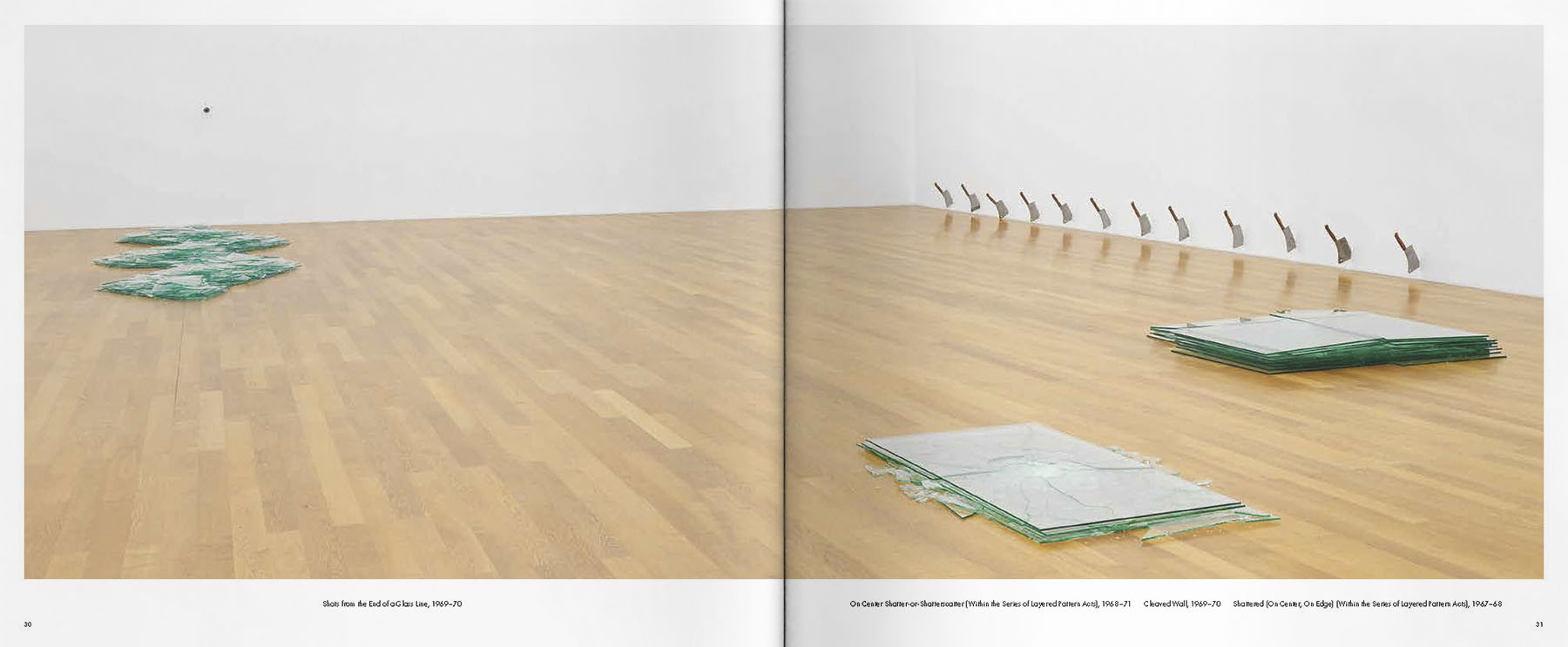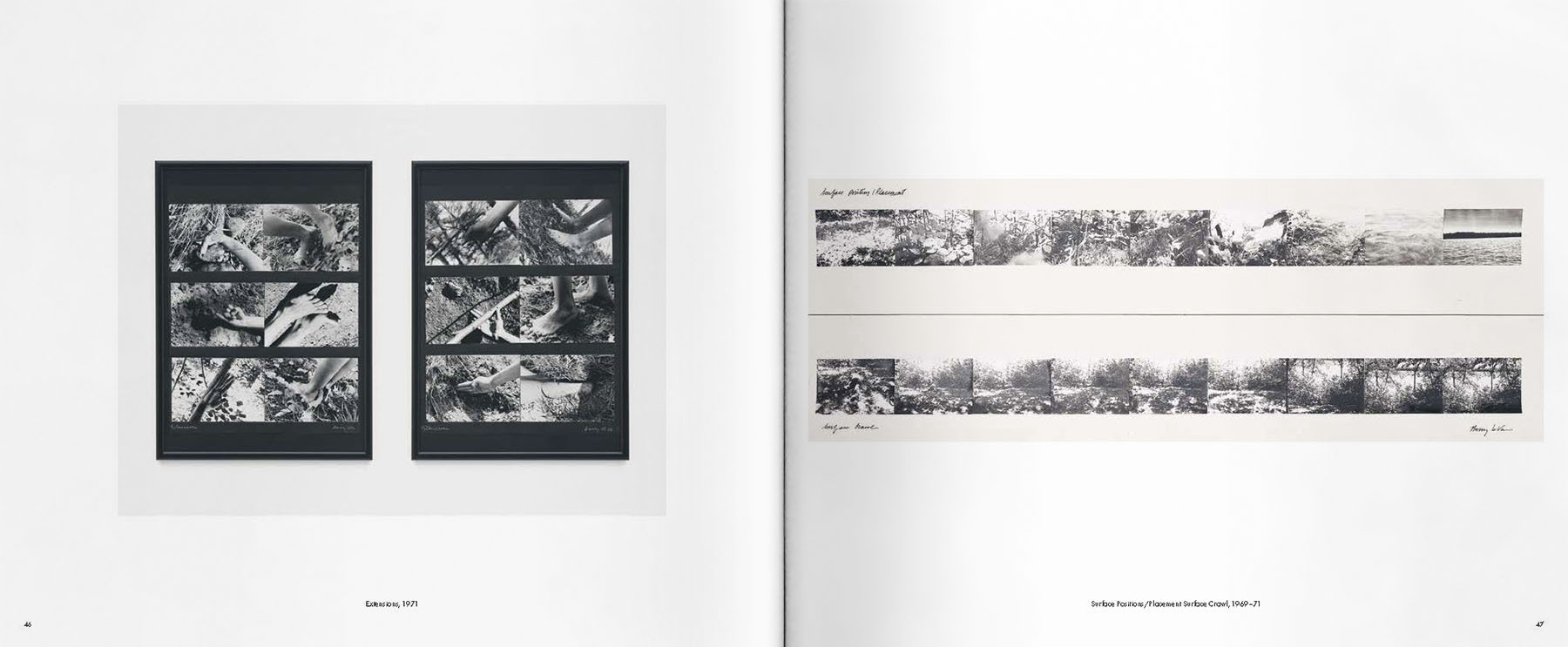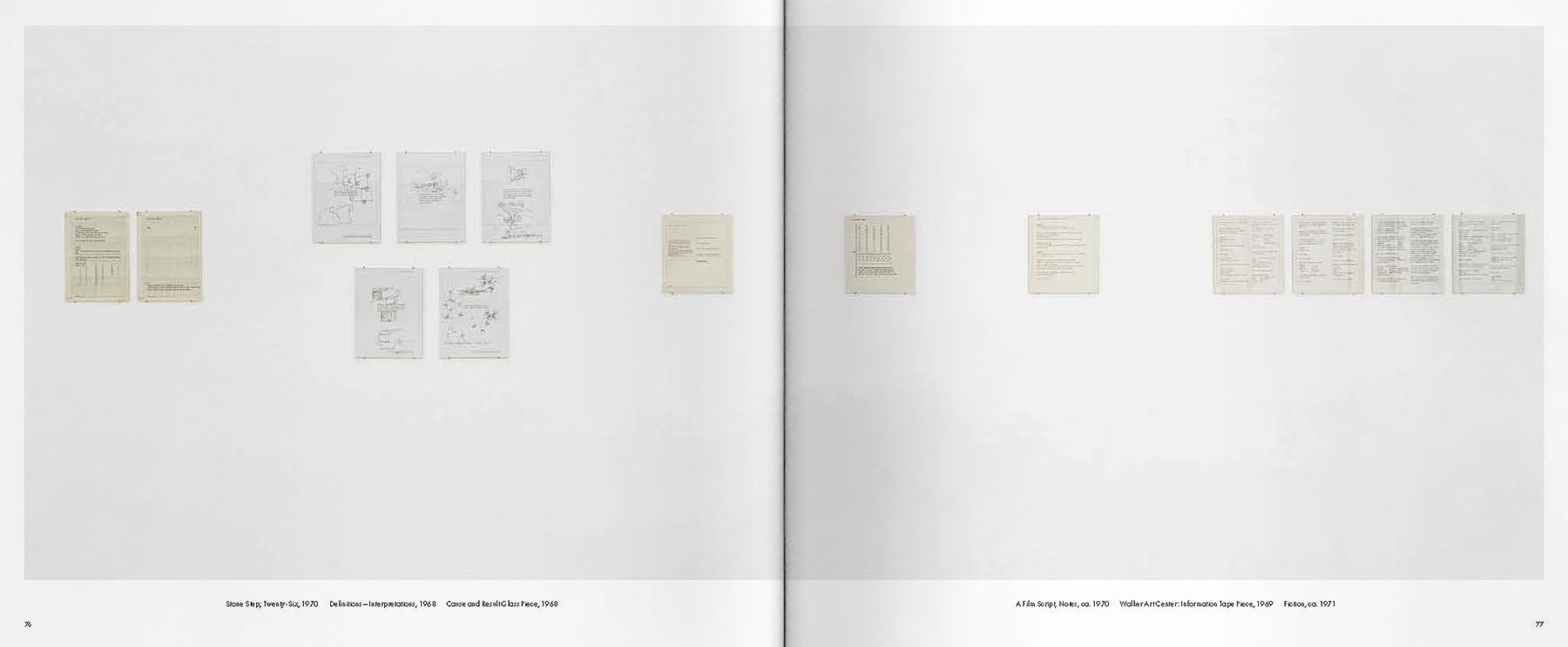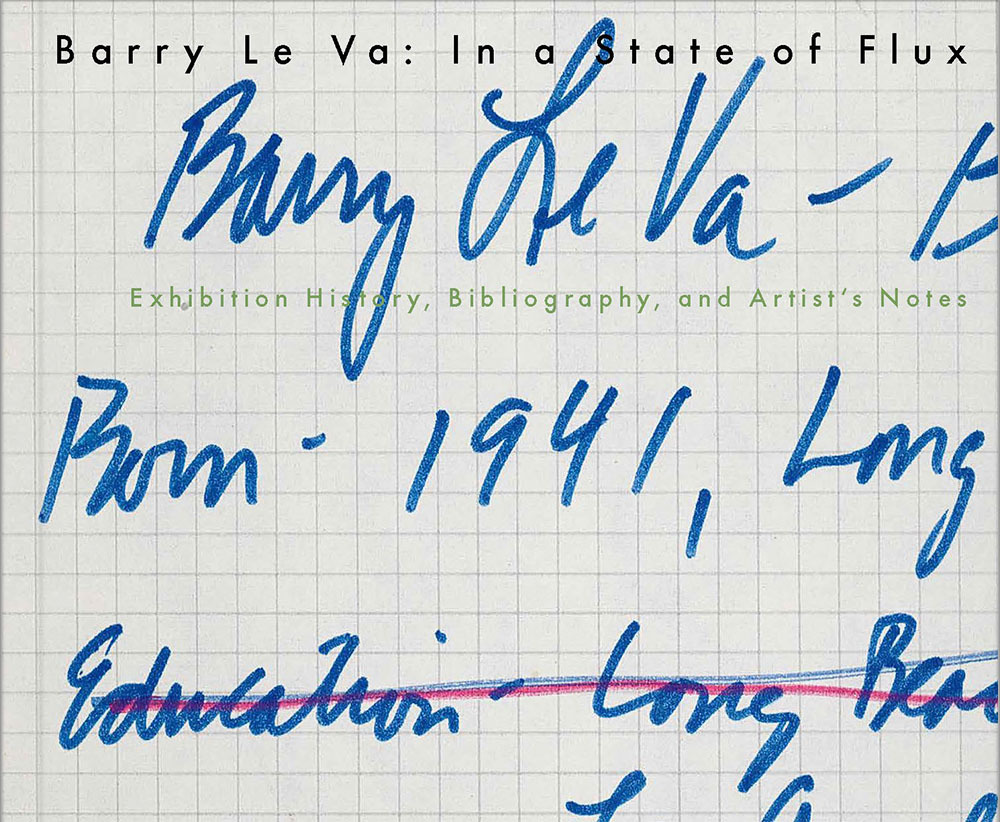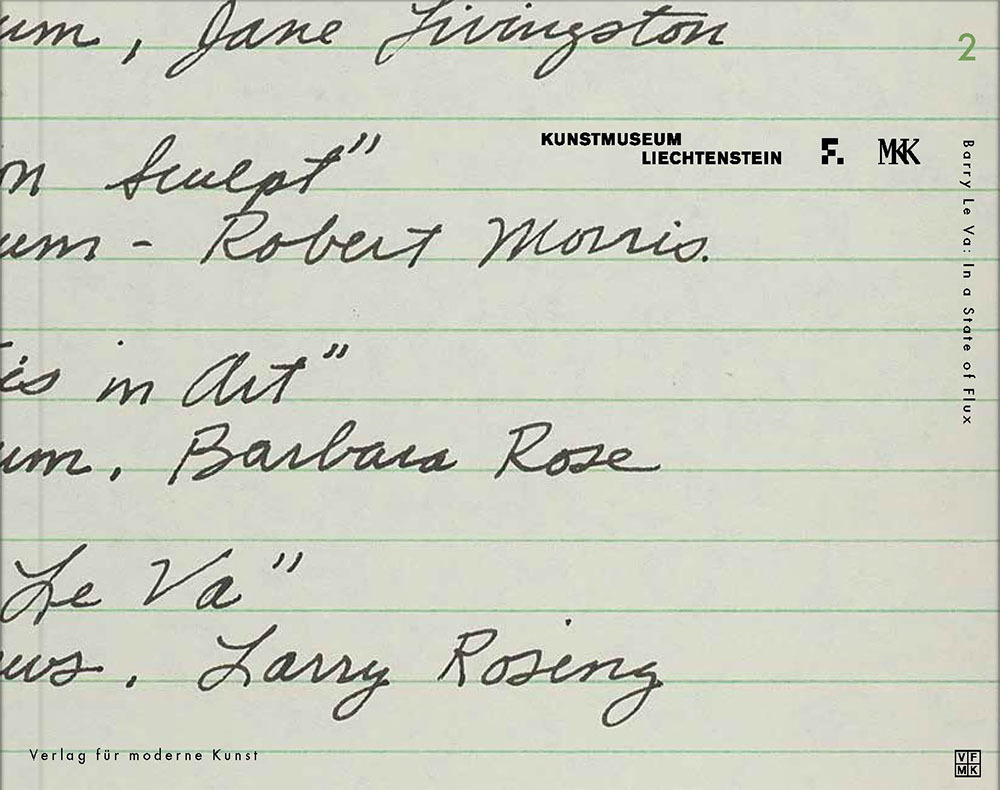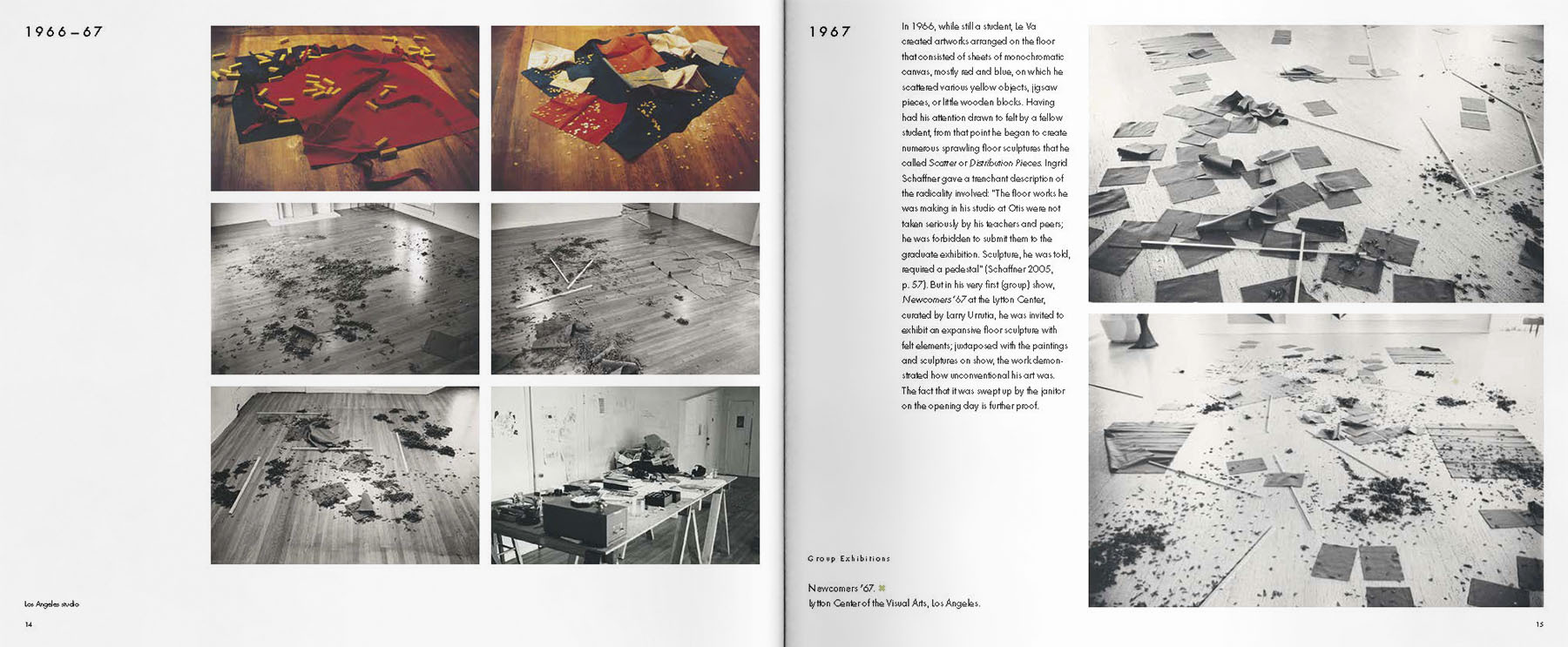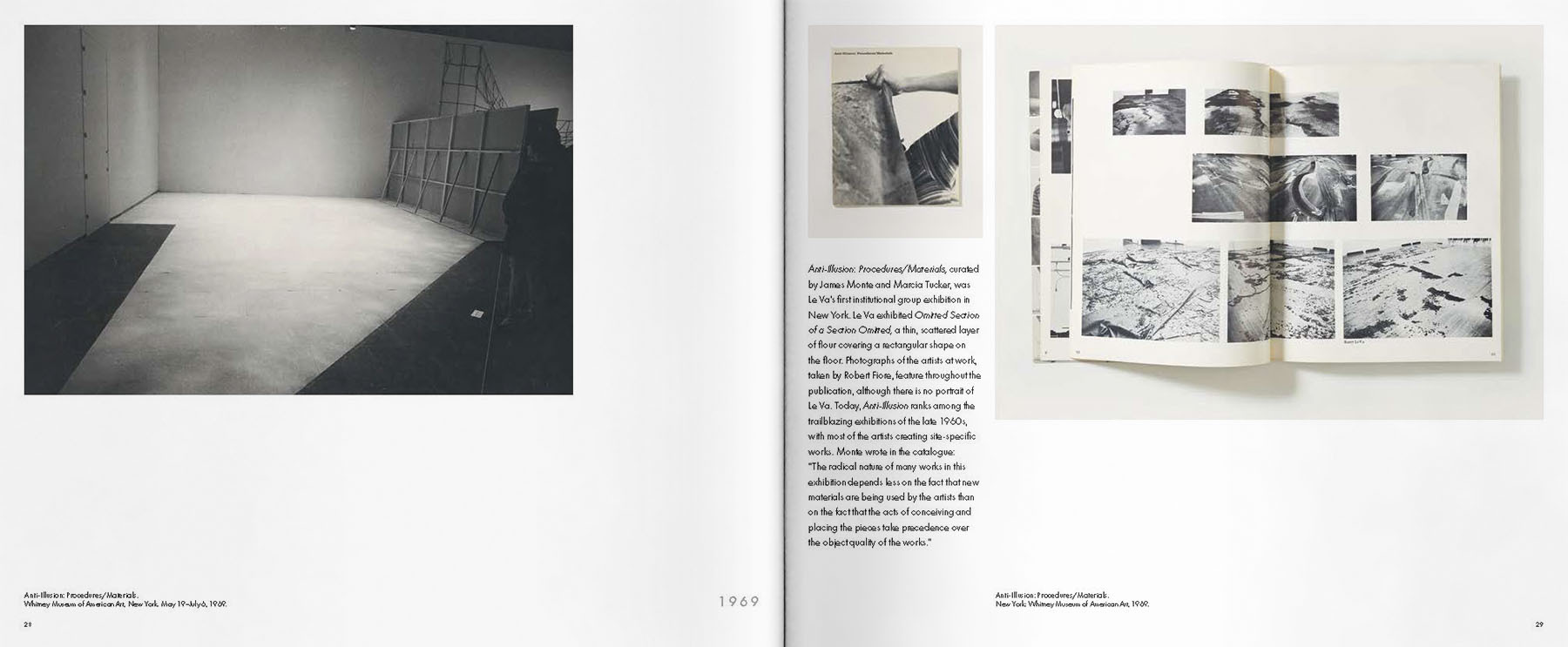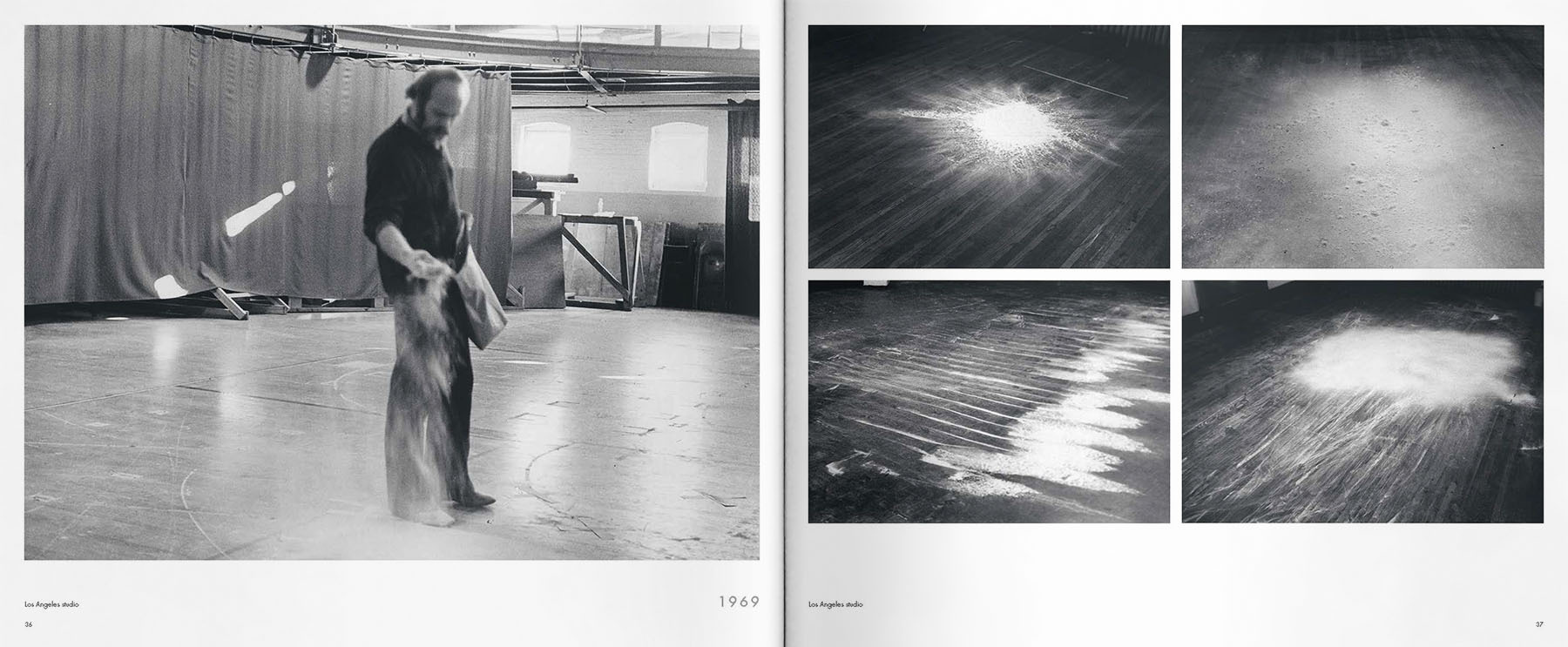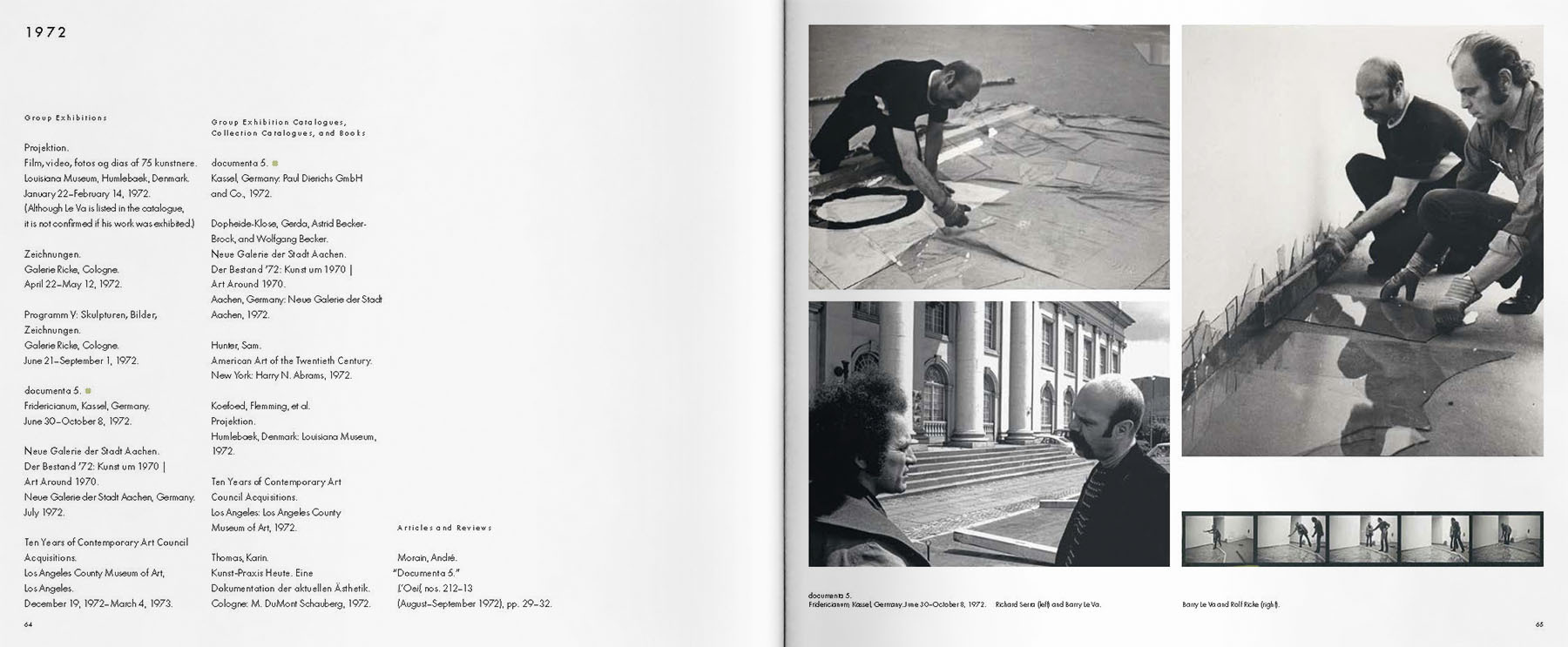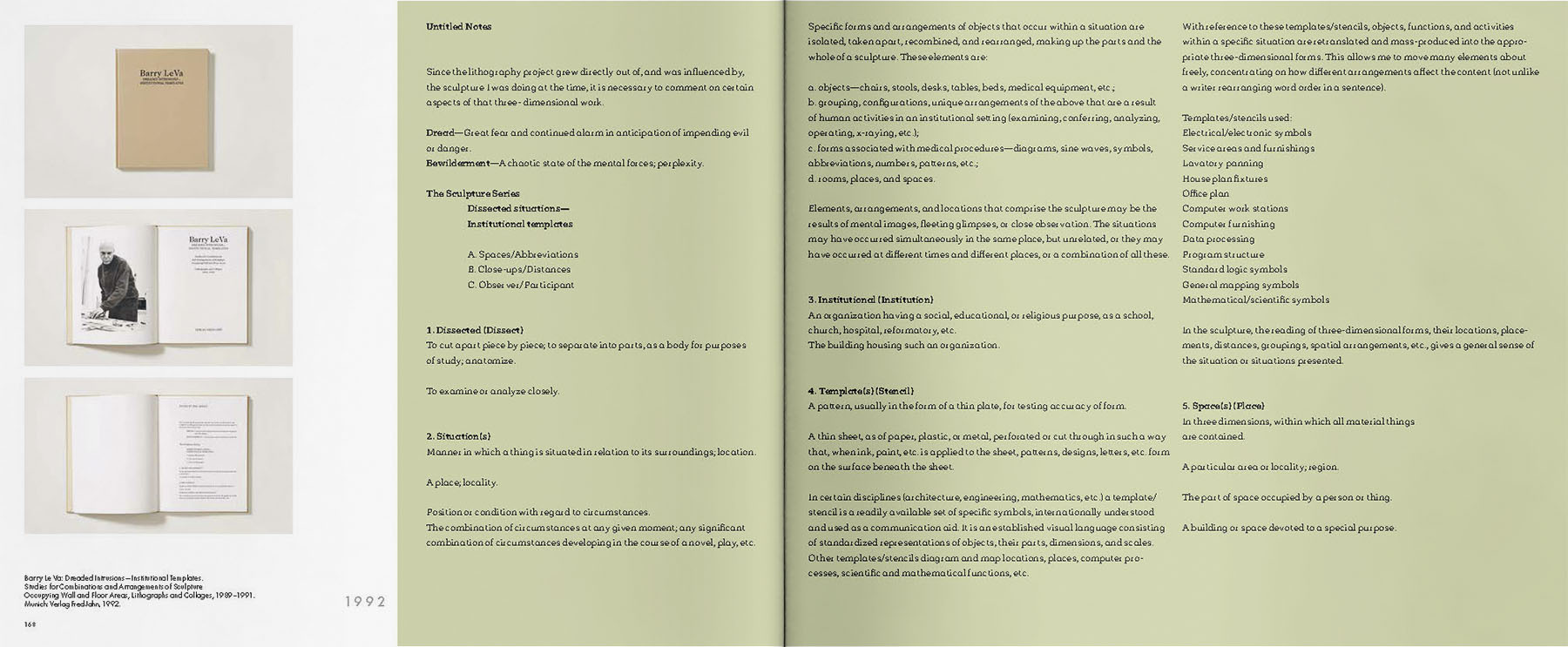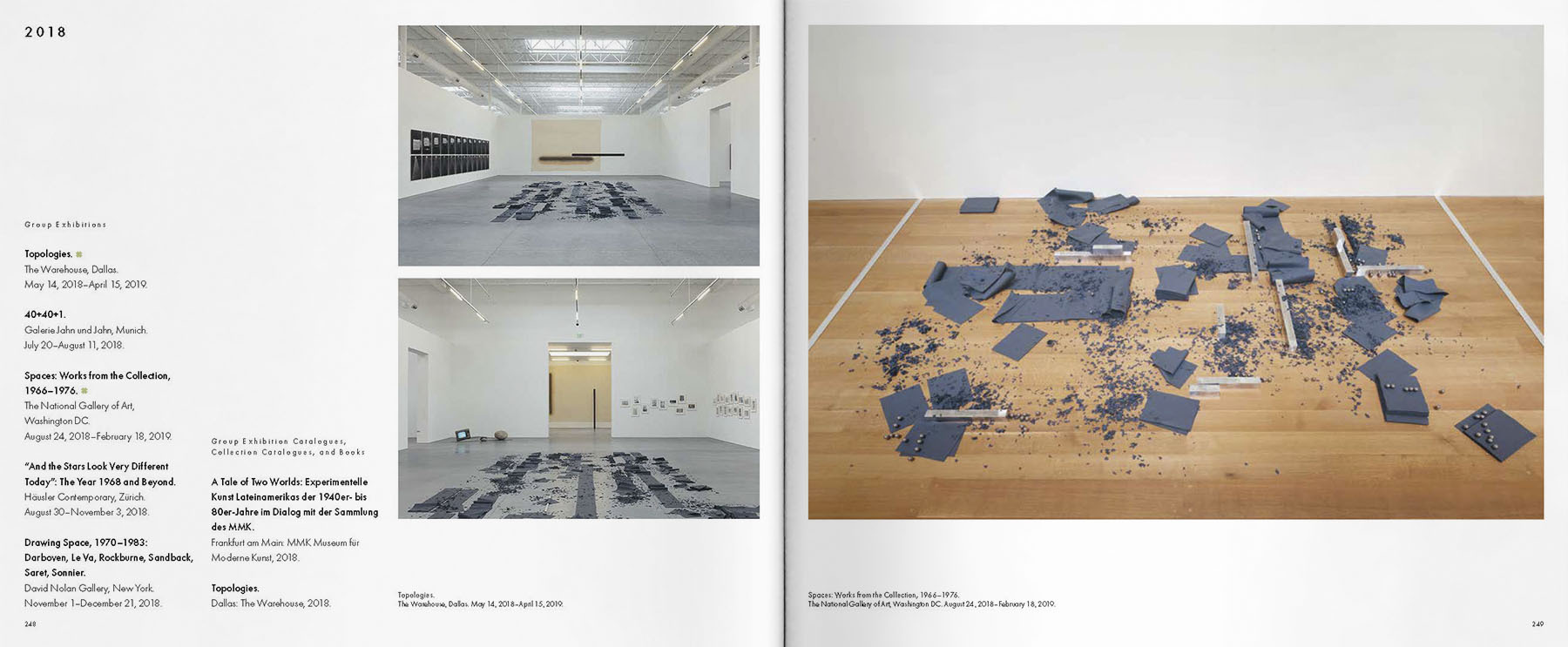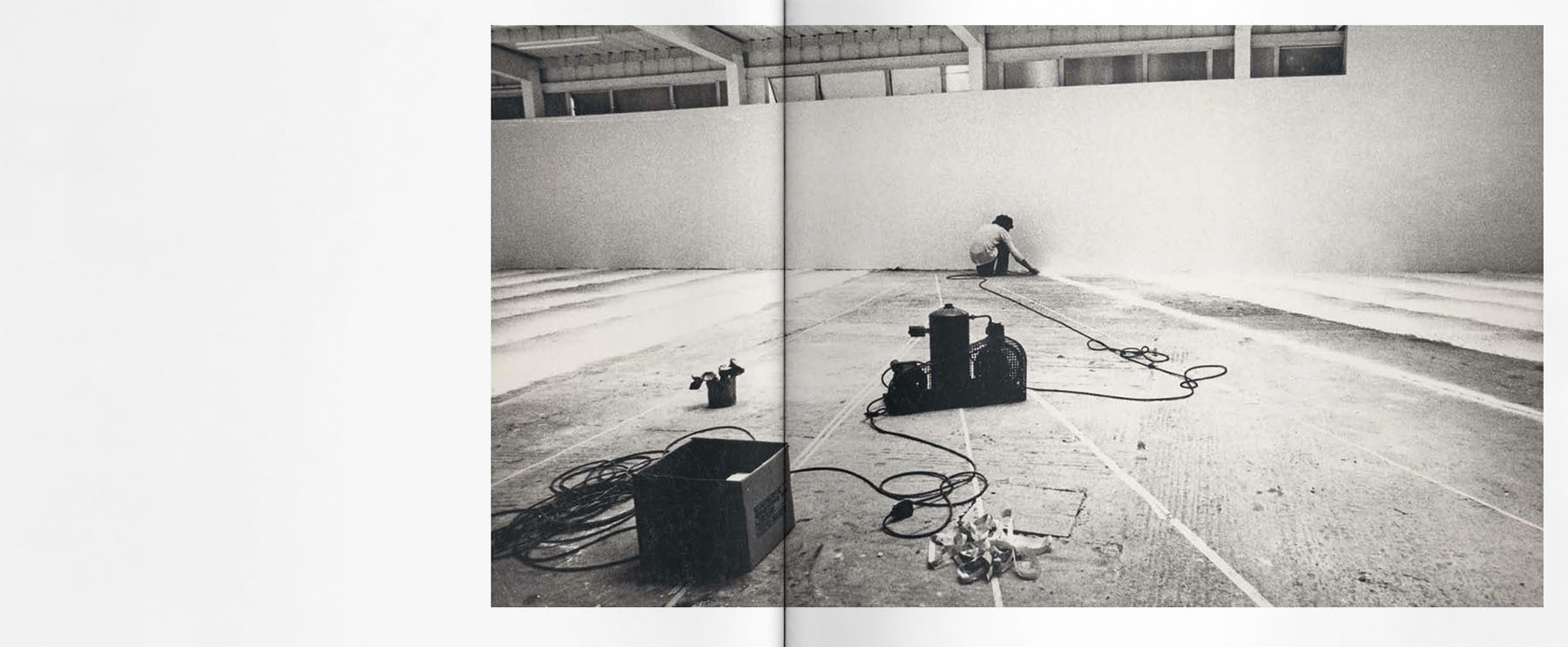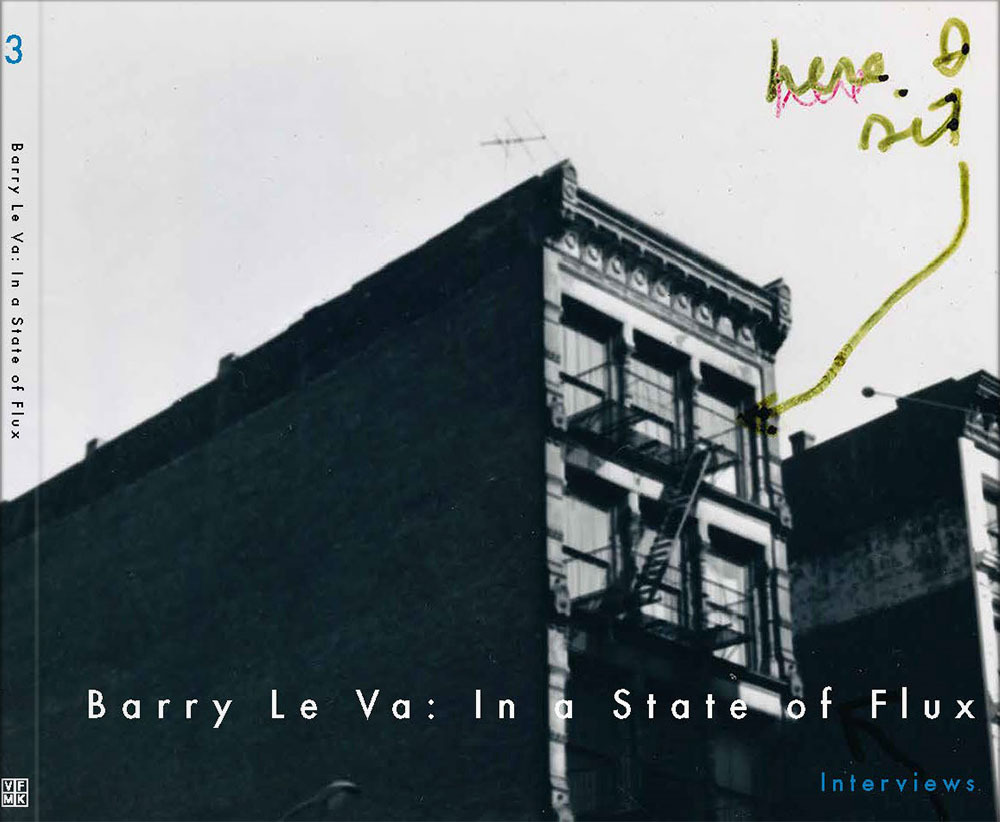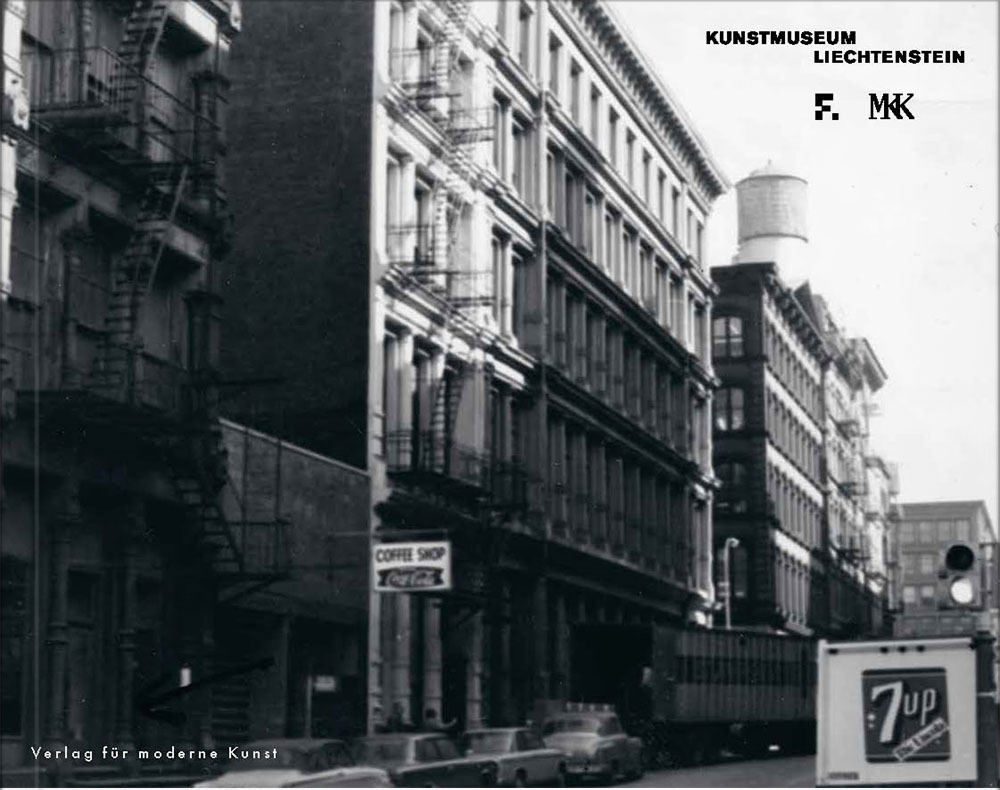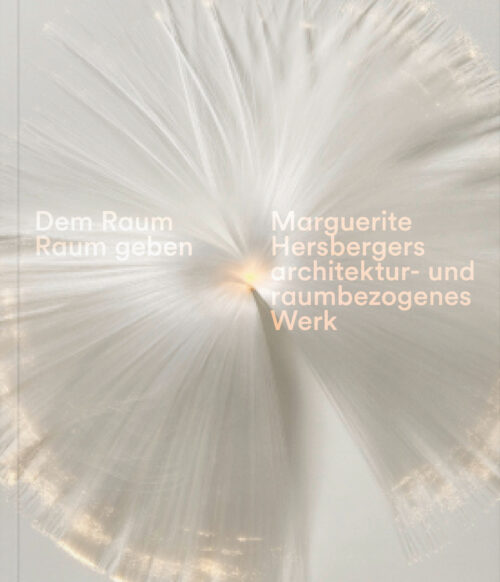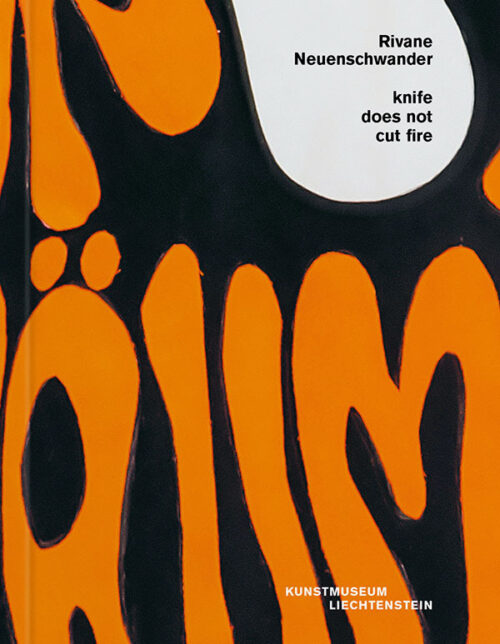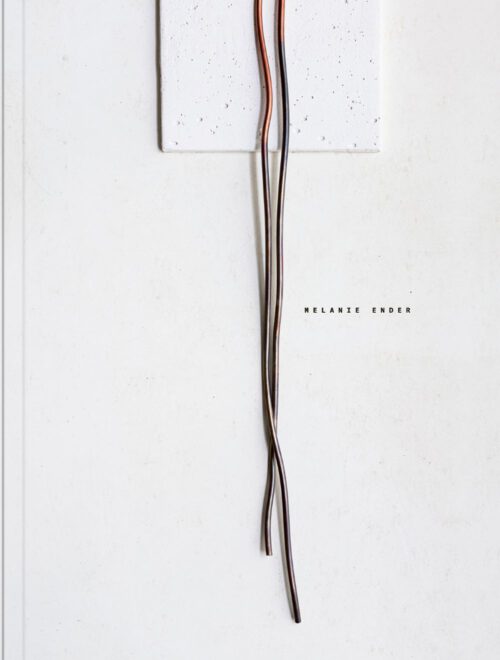
Barry Le Va (1941–2021) is regarded as a moderniser of sculpture in post-1960s art. Kunstmuseum Liechtenstein presents the first retrospective since the artist’s death.
"I guess at that time the body was a new territory, and it had to be investigated."
—Barry Le Va, 2003
In his cross-disciplinary oeuvre, which is seen as beginning in the early days of process art and postminimalism, Barry Le Va succeeded in expanding the concept of sculpture. Not only did he break up the unit of form into countless particles, he also incorporated the principles of change, instability, and disruption as constants in his art.
Kunstmuseum Liechtenstein presents the first retrospective since the artist's death, providing a survey of his work from the 1960s to his final groups of work. The thread running through this exhibition is the exploration of the relationship between the installations and the drawings.
Executed with care and following detailed plans, Barry Le Va's installations are defined by the principles of chance, chaos and order. All his life, the floor was the artist's "ground" and field for experimentation. First executed in 1966, his Distribution Pieces, scattered on the ground, gained him wide and instant public attention following a cover story in Artforum in November 1968.
Drawing is an integral part of Le Va's oeuvre. On the one hand, he saw it as part of his thinking process; on the other, he understood drawings as "diagrams that function almost like musical scores or compositions". In this sense they often pave the way for the sculptural work, sometimes serving as a kind of "plan view", while at the same time permitting interpretation and improvisation in situ. Other drawings are works in their own right.
From the outset, the relationship between viewer and artwork was of the utmost importance to Le Va. His installations, which he likened to crime scenes, challenge the viewers to search for clues so as to reconstruct the act and the underlying concept. This approach is based on Le Va's profound interest in the crime genre: "I became intrigued by the idea of visual clues, the way Sherlock Holmes managed to reconstruct a plot from obscure visual evidence."
The exhibition is accompanied by a three-volume publication in which the artist's voice is heard in particular through his "Notes" (statements) and through the republication and first publication of interviews.
The exhibition will travel to Fruitmarket, Edinburgh (26 October 2024 – 2 February 2025), and Museum Kurhaus Kleve (30 March – 29 June 2025).
YOU MIGHT ALSO LIKE
HOME

